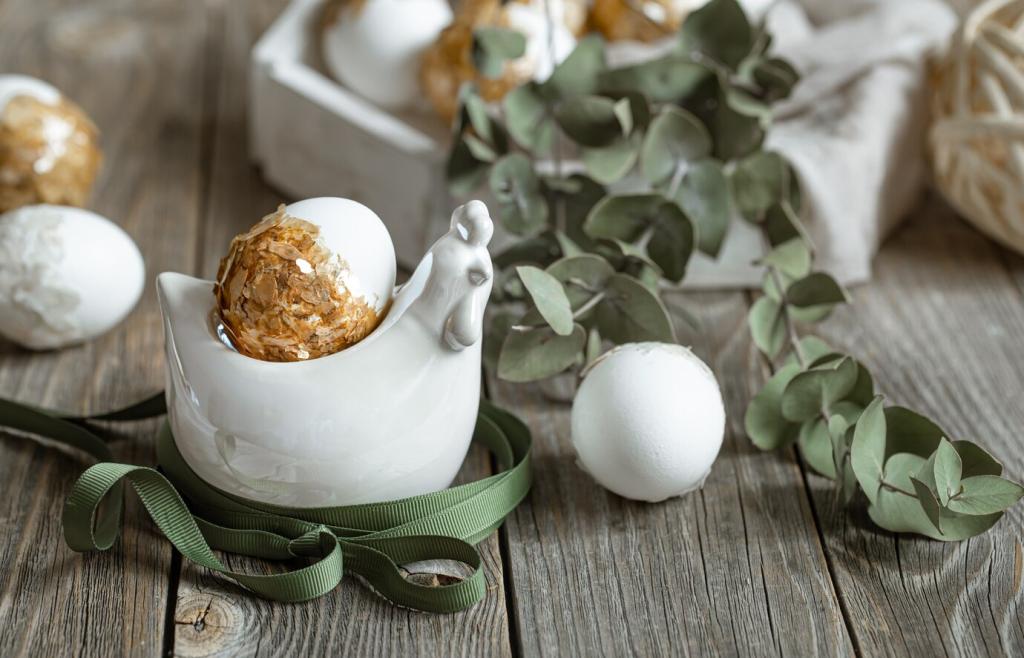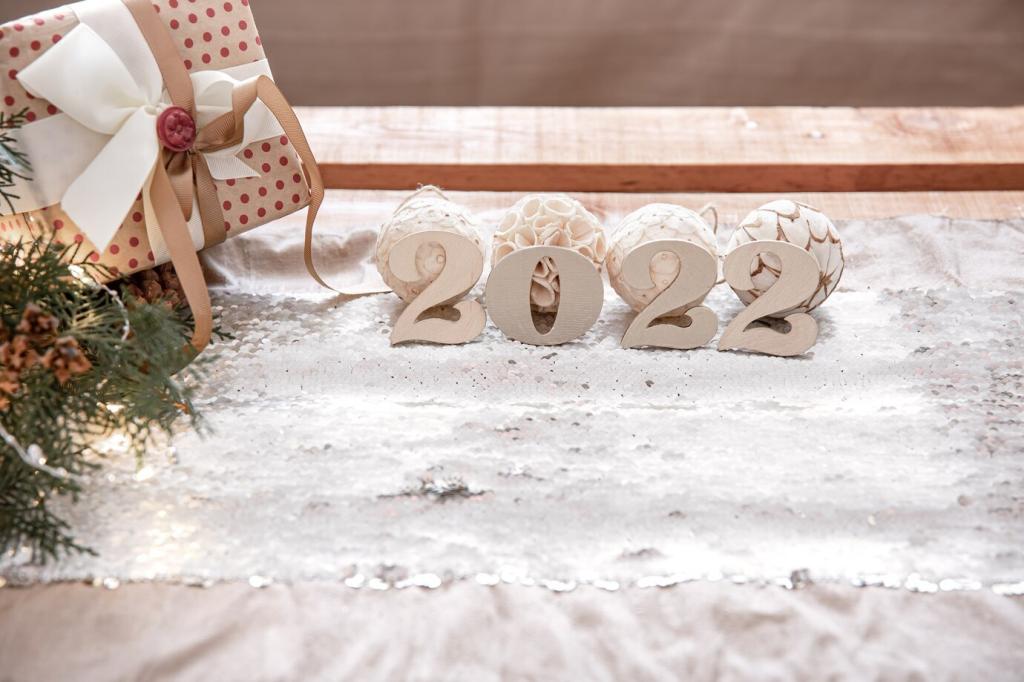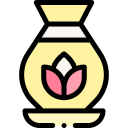Symbolism in Home Decor Across Cultures
Home decor is more than just an expression of aesthetic preference; it is a vivid tapestry woven with tradition, beliefs, and cultural narratives. Across the globe, the symbolic meanings embedded in textiles, furniture, color palettes, and motifs tell stories that transcend time. Understanding the depth of symbolism in home decor enriches the living experience, connecting homeowners to their roots or offering an invitation to explore new worldviews. This page delves into how cultures infuse their homes with symbolic meaning, demonstrating the significance behind everyday objects and decorative choices.

Colors and Their Meanings Globally
Red is perhaps one of the most universally symbolic colors in home decor, though its connotations can vary dramatically. In China, red is a color of prosperity and happiness, featured heavily in celebrations and considered essential for inviting good fortune into homes. In Western contexts, red often represents passion, energy, and a bold style statement—a color for those unafraid of drawing attention. Meanwhile, many African societies use red to symbolize vitality and life-force, integrating it into traditional patterns and art. Whether used sparingly or abundantly, red inevitably becomes a powerful focal point, channeling cultural hopes and shared emotions across rooms.
Blue embodies peace and calmness in numerous societies, frequently used to invoke serenity within the household. Mediterranean cultures, particularly in Greece and Turkey, use blue to ward off evil with talismans such as the Nazar, a practice mirrored in home accessories and wall art. In Hinduism, blue is associated with divinity and the infinite sky, making it a color of spiritual depth when used in sacred spaces or meditation rooms. Native American communities also see blue as a healing color, representing water and the vastness of the sky. Through its various incarnations, blue in home decor provides more than just visual containment; it offers spiritual security and mental repose.
Green is widely celebrated as a symbol of harmony, nature, and restoration. Many Islamic cultures embrace green as the color of paradise, echoing within intricate tiles and textiles meant to imbue homes with peace and hope. In Western interior design, green often brings the outside in, signifying eco-friendliness and wellness when used in living spaces or garden-inspired decor. For communities in West Africa, green is linked to health and prosperity, infusing homes with freshness and a sense of abundance. The pervasive use of green reveals a shared cultural yearning for renewal and equilibrium.

Geometric Patterns: Sacred Geometry and Cosmic Order
Geometric patterns appear in homes from Morocco to India, often invoking the cosmos and the divine order of the universe. Islamic art avoids figurative depiction, using intricate interlocking motifs to represent infinity and the unity of all things, which are commonly found in wall tiles, carpets, and textiles for the home. Native American artistry, particularly in Southwestern tribes, uses geometric abstraction in weavings and pottery to symbolize elements such as rain, crops, or the four cardinal directions. In European design, geometric symmetry can reflect rationality, clarity, and structure, forming the foundation of architectural detailing. The universality of geometry in home decor speaks to a cross-cultural appreciation for pattern as a reflection of both the tangible and metaphysical world.

Animal Motifs: Power, Fertility, and Myth
Animals portrayed in decor can serve as emblems of strength, fertility, wisdom, or spiritual protection, depending on the cultural context. Lions, dragons, peacocks, and elephants frequently appear in textiles, wallpaper, or sculptures within homes. In Chinese traditions, dragons signify power and protection, making dragon motifs a favored element in door frames or furniture. In Indian households, elephant imagery is often incorporated for good luck and wisdom. Meanwhile, African homes proudly display masks and carvings of revered animals, symbolizing ancestral spirits and societal roles. The widespread use of animal motifs is a testament to humanity’s reverence for nature and its attempt to channel these qualities into daily life.
Symbolism in Textiles and Fabrics
Handwoven Rugs: Identity and Storytelling
Handwoven rugs occupy a central place in many cultures, especially in Central Asia, the Middle East, and parts of Africa. The motifs and colors chosen for these rugs are rarely arbitrary; they are laden with messages, family histories, and social status. Berber rugs from Morocco, for instance, may encode protection blessings or map out biographical events specific to the weaver’s lineage. Persian carpets frequently narrate scenes from epic tales or represent the interconnectedness of garden and paradise. These floor coverings are more than utilitarian; they transform living spaces into galleries of culture and memory, anchoring family life in a tapestry of inherited story.
Embroidery and Appliqué: Blessings and Protection
Embroidery and appliqué techniques are global languages of symbolic protection and blessing. In Mexico, Otomi textiles burst with vibrantly stitched depictions of regional flora and fauna, representing harmony and fertility. Huipiles in Central America are similarly adorned with motifs meant to confer strength or prosperity to the wearer and the household. Eastern European and South Asian homes often showcase embroidered linens and wall hangings, which are believed to keep negative energies at bay or mark auspicious beginnings. These carefully-made items, displayed proudly, form a protective ring around the home’s inhabitants, blending artistic intricacy with intimate meaning.
Dyeing Techniques: Ritual and Tradition
The process by which fabrics are dyed holds deep cultural significance, particularly with natural dyeing methods. Indonesian batiks employ patterns thought to invoke spiritual power or represent philosophical concepts like balance in the universe. In Japan, indigo-dyed textiles called aizome historically symbolized purity and a connection to nature, widely used in bedding or curtains for a calming effect. In West African societies, adire and bogolanfini (mud cloth) are worn or displayed during significant life rituals, with each pattern marking personal milestones, societal status, or community affiliation. The ritualistic aspect of dyeing testifies to how even the very color of home textiles can serve as a meaningful cultural marker.
